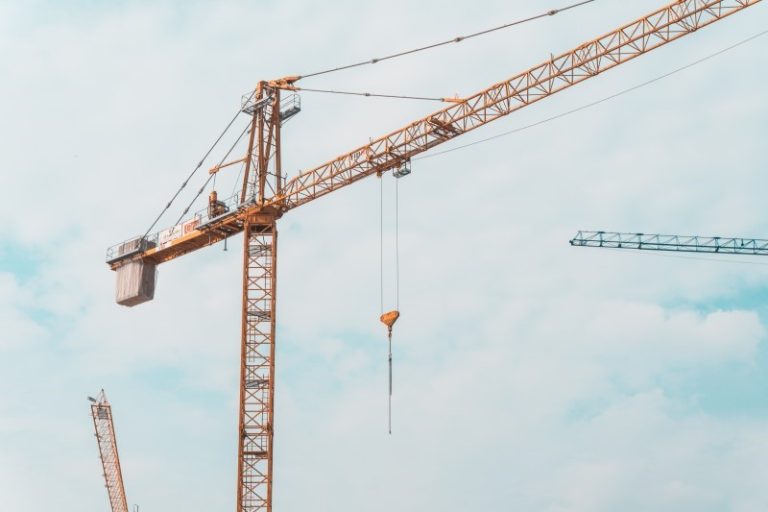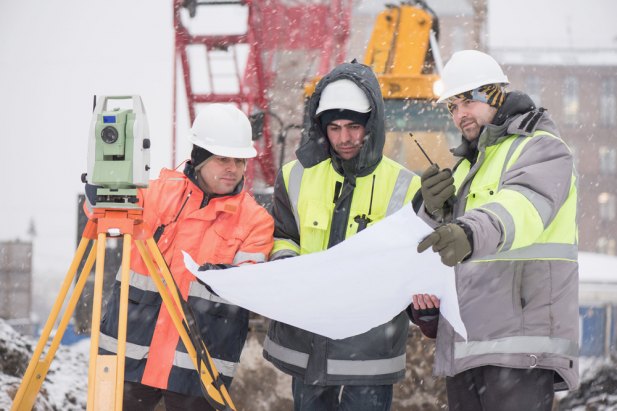From electronics to home decor, aluminum has emerged as an indispensable material, seamlessly blending functionality with aesthetics. This lightweight, corrosion-resistant metal has infiltrated our daily lives, gracing everything from smartphones to kitchenware and garden furniture. In fact, you’re most likely reading this article from a gadget made of aluminum! However, in this informative guide, we’ll be focusing on the utility of aluminum for home decor, shedding light on its durability, malleability, and ability to effortlessly embody modern design trends. So, without further ado, let’s get right into the deets… Aluminum In Interior Design Aluminum plays a pivotal role in shaping modern, high-tech interiors. When combined with glass, it creates an illusion of more space. Plus, adding aluminum to interior furniture reduces the weight of the object significantly, making them ideal for both residential and office spaces. The versatility of aluminum extends beyond industrial applications, boasting its presence in chairs, tables, air conditioning units, lamps, photo frames, and more. This is because designers prefer aluminum for its remarkable malleability and ease of production, allowing them to shape creations easily while maintaining aesthetic appeal. Aluminum Outdoors The importance of aluminum is unbeatable in the garden furniture market. Think stools, tables, folding chairs, and swings. All of these benefit from the lightweight nature of aluminum, making it the preferred choice for outdoor furniture. Interestingly, Indecasa, a Spanish flagship company, exemplifies this trend, emphasizing that if a piece doesn’t contain aluminum, it’s not their product. Aluminum In Modern Kitchens In modern kitchens, aluminum has become a must-have, not just in the construction of appliances but also in utensils. From pots and frying pans to meat mincers and baking molds, aluminum utensils have gained prominence for their ease of maintenance, even heat distribution, scratch resistance, and corrosion resilience. With a heat conductivity of double the amount of steel, aluminum utensils excel in efficiently absorbing and radiating heat. Professional chefs especially prefer aluminum-manganese alloy for thicker utensils like cooking pots and frying fans, as it offers exceptional heat-related qualities. The cost-effective production of aluminum utensils through extrusion and enameling for safety and durability further increases their appeal. Moreover, aluminum with Tri-Ply technology makes it an even stronger contender against non-aluminum kitchen products. This innovative design involves sandwiching a heat-accumulating aluminum plate between two layers of stainless steel, enhancing heating efficiency. Also, the robust coating on modern frying pans can resist damage from steel knives, making aluminum utensils a favorite among cooking enthusiasts. Notably, the iconic Bialetti geyser coffee maker, a creation by Italian engineer Alfonso Bialetti in 1933, stands as a testament to aluminum’s enduring role in culinary culture. Aluminum Beyond Decor The reflective properties of aluminum foils make them essential for constructing mirrors, ideal for both ultraviolet and infrared ranges. The historical role of aluminum in creating artificial Christmas trees further adds a touch of nostalgia to its versatile reputation. Conclusion Believe it or not – the utility of aluminum for home decor is just the tip of the iceberg, considering its vast usage in sports goods, clothing, electronics, and more. From its versatile application in furniture and interior elements to its aesthetic contributions in mirrors and artistic expressions, aluminum emerges as an essential and timeless material. Its adaptability, durability, and aesthetic appeal make it essential in contemporary homes. As we discover new design trends, aluminum remains a reliable material, transforming the ordinary into something extraordinary in our homes.














